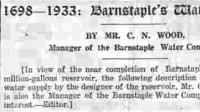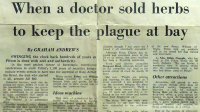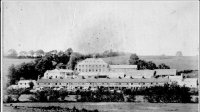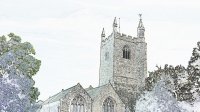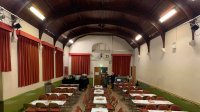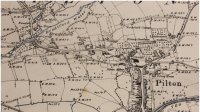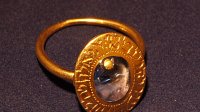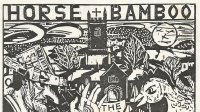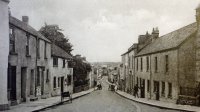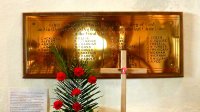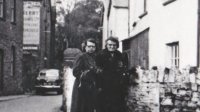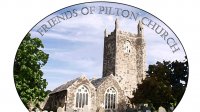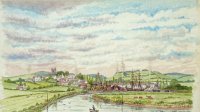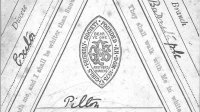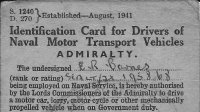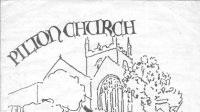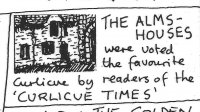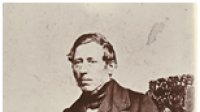Documents
NOTES ON THE PRIORY OF SAINT MARY, AT PILTON 1867
- from: Martin.Haddrill
- uploaded: Nov 25, 2013
- Hits: 1175
-
 (0 Likes)
(0 Likes)
This document is taken from the Transactions of the Devonshire Association for the Advancement of Science, Literature and Art, 1867. It is a paper written by Townshend M Hall, FGS, on the history of Pilton Priory. The Priory belonged to the Benedictines and was probably founded in the 10th Century. However, as we see from the list of Priors elsewhere in this archive, this starts only in the year 1200. Interestingly, the paper records that Pilton was separated from Barnstaple 'by an almost impassable marsh'. This led to Pilton maintaining 'a kind of separate independence, and had its own special market days and fairs.'
At the time of Henry VIII's suppression of religious houses, 'Pilton Priory was inhabited only by three monks besides the prior'. The monks were apparently expelled in 1533 'when the building and adjoining estates were leased by the king' after which the monastic buildings were, no doubt, destroyed.
The paper proposes that the tower of the Church was destroyed by the victorious Cromwellians when the Royalist garrison surrendered in April 1646 to prevent the possibility of such a commanding situation as Pilton Tower over the Castle of Barnstaple being occupied by a hostile force. The parish registers, commencing in 1569, are understood to have survived and trace the commencement of the plague which killed about 300 people in Pilton.
Townshend M Hall was a geologist and the son of Rev William Craddock Hall, Vicar of Pilton, and lived at the Vicarage, Pilton, now Carlyon House, Northfield Lane, Pilton.




